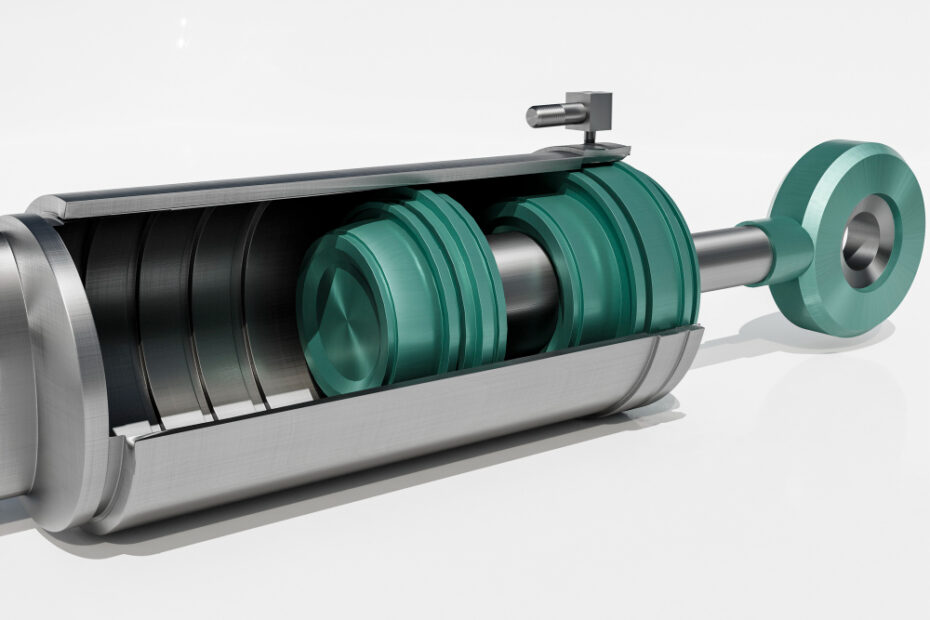A protein skimmer, sometimes referred to as a foam fractionator, is a piece of equipment commonly used in saltwater and reef aquariums to remove organic compounds, including proteins, fatty acids, and other waste materials. Here’s an overview of aquarium protein skimmers:
- How It Works:
- Protein skimmers operate based on the principle that organic compounds can be attracted to air-water interfaces. A protein skimmer introduces a large volume of fine air bubbles into a water column. As the bubbles rise, organic compounds attach to the bubble surface. The bubbles then form a foam that rises into a collection cup, removing the attached waste from the water column.
- Benefits:
- Improved Water Quality: By removing organic waste, protein skimmers help reduce the buildup of harmful substances, which can lead to nitrate and phosphate accumulation.
- Reduced Algae Growth: By lowering nutrient levels, skimmers can help reduce unwanted algae growth.
- Increased Oxygen Levels: The process helps aerate the water, increasing oxygen concentration.
- Clearer Water: By removing dissolved organic compounds, water clarity is often improved.
- Types of Protein Skimmers:
- In-Sump Skimmers: These are designed to be placed inside a sump (a separate tank typically below the main aquarium). They’re popular because they can be hidden from view, and the consistent water level in a sump allows them to operate efficiently.
- Hang-On-Back (HOB) Skimmers: These hang on the back of the aquarium. They’re suitable for tanks without sumps.
- External Skimmers: These are placed outside the aquarium or sump. They require a separate feed pump.
- Nano Skimmers: Specifically designed for small “nano” reef tanks, these are compact and efficient for limited volumes of water.
- Components:
- Body: The main chamber where water and air mix.
- Venturi Valve: Introduces air into the water stream, creating a mixture of water and fine bubbles.
- Reaction Chamber: The area where the bubbles rise and organic compounds are collected.
- Collection Cup: Where the foam overflows and collects. This should be cleaned regularly.
- Air Intake: Allows adjustment of the air volume entering the skimmer.
- Selection Criteria:
- Tank Size: Choose a skimmer rated for your tank’s size. It’s often a good idea to get a skimmer rated for a larger tank than you have to ensure efficient waste removal.
- Space: Ensure you have enough space to accommodate the skimmer, especially if it’s an in-sump type.
- Budget: Skimmers vary widely in price. More expensive models often offer more efficient skimming and additional features like quieter operation.
- Maintenance:
- Cleaning: The collection cup will accumulate a dark, smelly liquid (the skimmed waste). This should be emptied and cleaned regularly.
- Tuning: Skimmers often require some tuning to operate most efficiently. This involves adjusting the water and air intake to optimize foam production.
- Considerations:
- It can take several days for a new skimmer to “break-in” and start producing foam effectively.
- Not all tanks require a protein skimmer. They’re most beneficial for reef tanks and heavily stocked marine setups.
In conclusion, a protein skimmer is an essential tool for many saltwater aquarium hobbyists, helping to maintain a clean and healthy environment for the tank’s inhabitants. Proper setup, regular maintenance, and occasional tuning can ensure its efficient operation.

